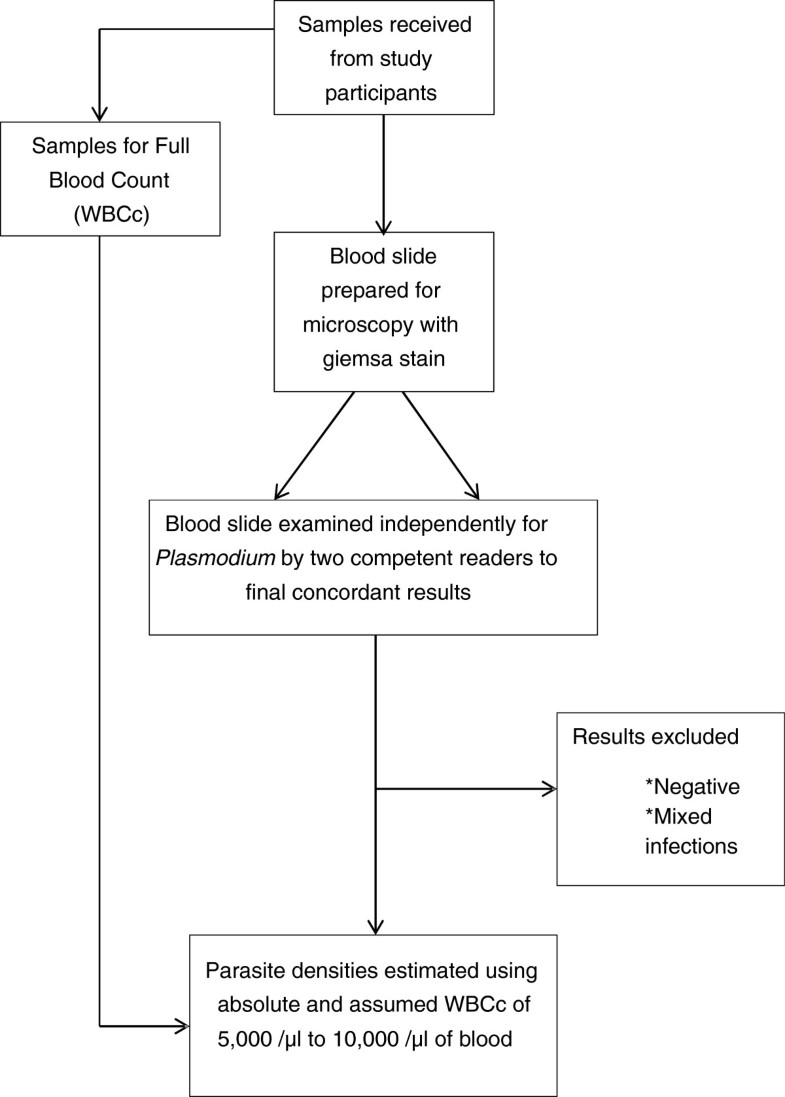

In such materials, NPs were found to improve the permeability of bacterial cell membranes, enabling induced uptake by bacterial cells, increased shelf-life, and reduced cytotoxicity of antibiotics. Nanocomposites (NCs) generated by conjugating NPs with antibacterial moieties or natural products have been demonstrated as one of the most effective materials for combating antibiotic resistance.


Combining two or more materials is also suggested to improve the properties of the individual materials. Our findings suggest that the TZ nanocomposite could improve the selectivity and bactericidal activity of THO against target species.Ĭurrently, nanoparticles (NPs) are widely used in many aspects of medicine and almost all may be doped or decorated with medically useful compounds. Its biocompatibility against HCT116 cells was also checked. The antibacterial mechanisms of TZ NC are proposed to involve membrane rupture, suppression of biofilm formation, and modulation of new cell wall and protein-synthesis-associated cellular pathways. TZ NC had selective efficacy against Staphylococcus species, with MIC values 2–32-fold lower than THO. Successful production of TZ NC was confirmed via X-ray diffraction (XRD), Fourier-transform infrared (FT-IR) spectroscopy, and ultraviolet–visible (UV–Vis) studies. The cell-free supernatant (CFS) of ATCC 25923 cultures was employed for the production of TZ NC. Herein, we report the bioconjugation of THO with ZnO nanoparticle (ZO), which resulted in the TZ nanocomposite (NC), as a potent and selective antibacterial agent against Staphylococcus species, particularly S. However, the low antibacterial activity and non-selectivity of THO limit its usage as a universal anti- Staphylococcus agent. Thymol (THO), the most abundant component of the oil extracted from thyme, can be considered as a natural antibacterial alternative. Owing to the rapid spread of antibiotic resistance among Staphylococcus species, effective and low-risk alternatives to antibiotics are being actively searched.


 0 kommentar(er)
0 kommentar(er)
